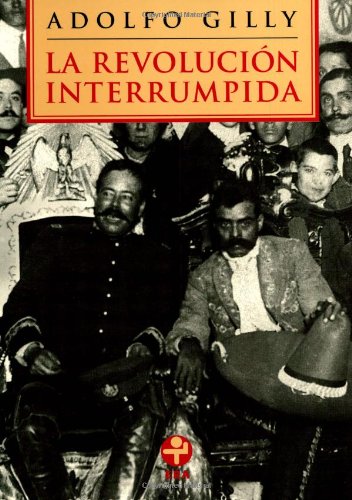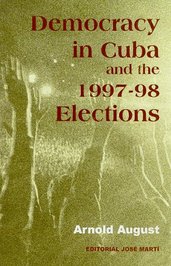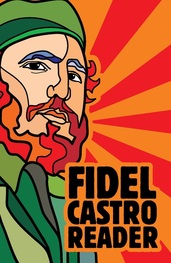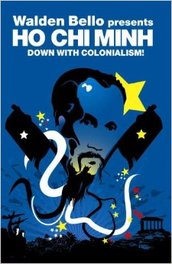Prior to 1850, indigo was used for the production of blue dye for textile manufacturing. Indigo haciendas were developed in Central America during the second stage (1640-1815) of the world-economy. The haciendas were characterized by mixed economic activities, including small parcels of land for subsistence production for indigenous and ladino families. In some cases, labor on the haciendas was "voluntary," as families looked for some measure of protection in the aftermath of the sixteenth century conquest. In other cases, the labor was coerced, utilizing strategies such as labor tributes imposed on indigenous villages and debt peonage. The indigo haciendas were developed throughout Central America, but they were particularly concentrated in El Salvador.
Not all of the land of Central America was devoted to indigo production. A good proportion of the land in Central America continued to be under the ownership of indigenous villages during the seventeenth and eighteenth centuries. In the indigenous systems, the land was communally owned by the village as a whole. The land was distributed to families, to use but not to own, on the basis of need. In addition to indigo haciendas and indigenous villages, other land use patterns existed. In some areas of Central America, cattle ranching for the export of hides and leather emerged. Also, silver mines were developed in the mountains of Western Honduras, using a combination of voluntary labor, indigenous forced labor, and African slaves.
By 1850, the German chemical industry developed synthetic means for producing dyes that were less expensive, thus causing the total collapse of the market for indigo. The Central American elite advocated utilizing strong state action to modernize the Central American economy, so that it could more effectively participate in the peripheral function of the expanding global economy. Their philosophy, which came to be known as liberalism, became the dominant political philosophy in nineteenth century Central America. Liberals modernized the economy by taking land away from the Church and the indigenous villages, both of which had used land to produce a variety of products consumed locally rather than to develop a raw materials production economy oriented to markets in the core of the world-economy. Liberals developed ideas such as the secularization of society, the separation of church and state, and general notions of progress to justify these actions against the Church and the indigenous villages. Liberals were particularly effective in implementing their policies beginning in the 1870s. There emerged coffee plantations under Central American ownership and banana plantations and silver mines under U.S. ownership, so that by 1913, coffee comprised 63% of Central American exports; bananas, 18%; and metals, 10%. Thirteen products were exported from Central America in 1913, and all were raw materials destined to the core.
The conversion of the land from indigo haciendas to coffee plantations deepened and expanded the peripheralization of Central America. Multi-purpose haciendas were converted into single-product plantations, and land previously functioning beyond the structures of the world-economy was transformed to the peripheral role.
Thus the collapse of the indigo market provoked a liberal reform that increased underdevelopment and poverty in Central America by consolidating its peripheral role, a process facilitated by the decisive action of the Central American elite, which protected its particular interests, sacrificing the economic and social development of Central America in the long run. The Central American elite formulated and disseminated ideological distortions which confused and divided the people, and which functioned to hide the true nature of its conduct.
References
Booth, John A. and Thomas W. Walker. 1993. Understanding Central America, Second Edition. Boulder: Westview Press.
Galeano, Eduardo. 1997. The Open Veins of Latin America: Five centuries of the pillage of a continent, 25th Anniversary Edition. Translated by Cedric Belfrage. Forward by Isabel Allende. New York: Monthly Review Press.
__________. 2004. Las Venas Abiertas de América Latina, tercera edición, revisada. México: Siglo XXI Editores.
Weaver, Frederick Stirton. 1994. Inside the Volcano: The History and Political Economy of Central America. Boulder: Westview Press.
Key words: Third World, revolution, colonialism, neocolonialism, imperialism, democracy, national liberation, sovereignty, self-determination, socialism, Marxism, Leninism, Cuba, Latin America, world-system, world-economy, development, underdevelopment, state, indigo, coffee, silver, cattle, open veins of Latin America, Galeano

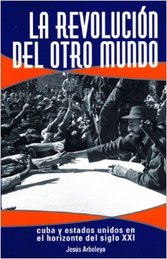
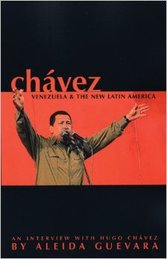
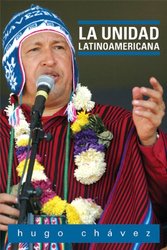

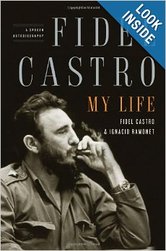
 RSS Feed
RSS Feed
